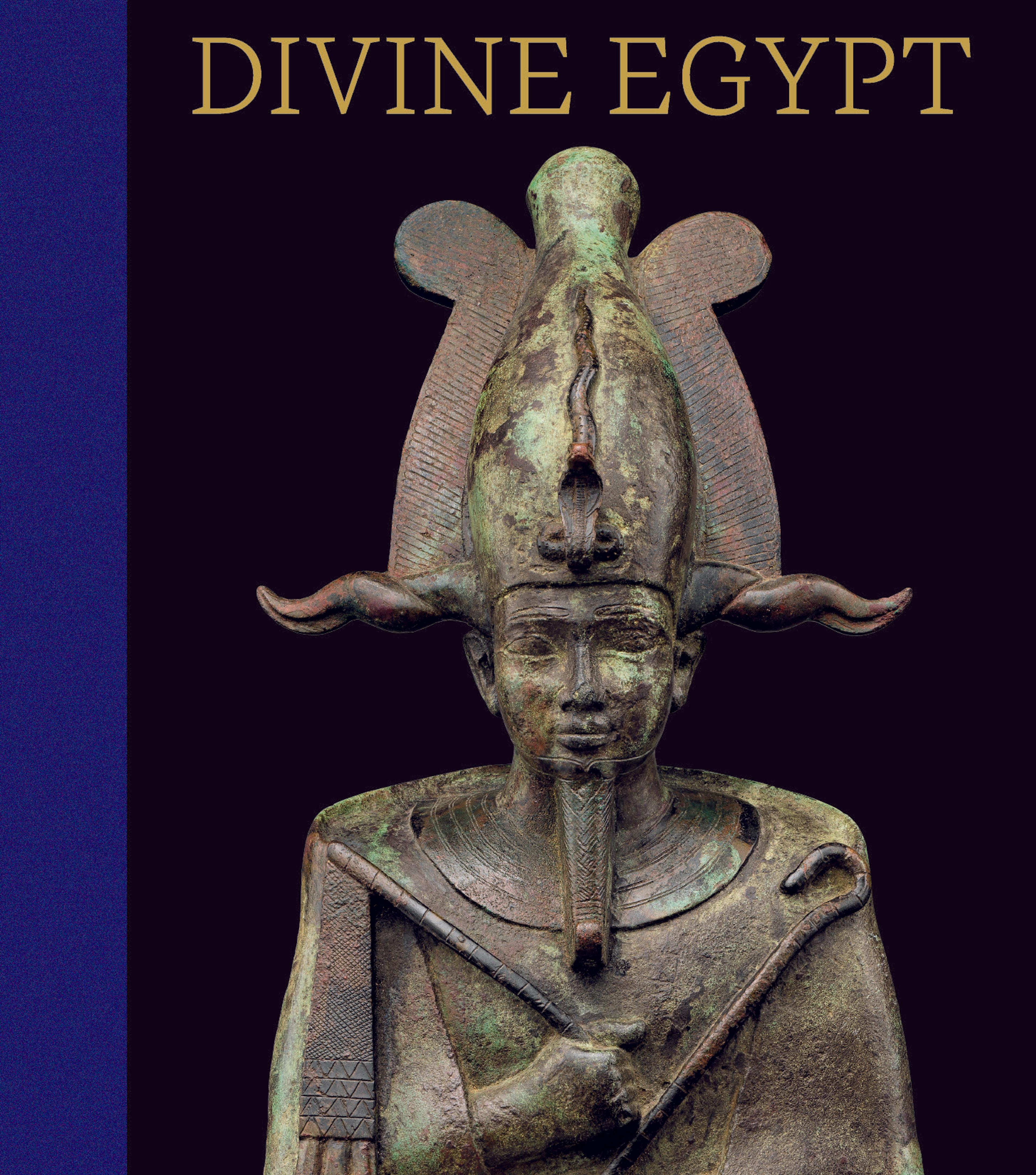Papyrus fragment with a painting of Khepri, Shu, Tefnut, Thoth, and Isis in a solar boat
Drawn in black on this scrap of papyrus is a boat with neither mast nor oars. Seated inside, their knees drawn to their chests, are the gods Khepri (embodiment of the rising sun); Shu (the god of the sky); Tefnut (Shu's wife and goddess of moisture); ibis-headed Thoth (god of wisdom and writing); and Isis (goddess of magic and granddaughter of Shu and Tefnut). This is an amulet papyrus, perhaps meant to be placed on an embalmed body (see also 24.2.18.19). The illustration relates to Spells 100/129 of the Book of the Dead, for "making a transfigured spirit excellent, and letting him/her go down to the boat of Re (the sun god) with his entourage."
The papyrus was found inside a pot that was part of an "embalming cache," a collection of material that had been used during mummification or the funeral rites.
The papyrus was found inside a pot that was part of an "embalming cache," a collection of material that had been used during mummification or the funeral rites.
Artwork Details
- Title: Papyrus fragment with a painting of Khepri, Shu, Tefnut, Thoth, and Isis in a solar boat
- Period: Late Period or later
- Date: 664 BCE or later
- Geography: From Egypt, Upper Egypt, Thebes, Asasif, East of Pabasa, Embalmers' Cache D, MMA excavations, 1918–19
- Medium: Papyrus, ink
- Dimensions: L. 16 × H. 5.6 cm (6 5/16 × 2 3/16 in.); Glass frame: L. 17 × H. 7.7 cm (6 11/16 × 3 1/16 in.)
- Credit Line: Rogers Fund, 1931
- Object Number: 31.3.130
- Curatorial Department: Egyptian Art
More Artwork
Research Resources
The Met provides unparalleled resources for research and welcomes an international community of students and scholars. The Met's Open Access API is where creators and researchers can connect to the The Met collection. Open Access data and public domain images are available for unrestricted commercial and noncommercial use without permission or fee.
To request images under copyright and other restrictions, please use this Image Request form.
Feedback
We continue to research and examine historical and cultural context for objects in The Met collection. If you have comments or questions about this object record, please complete and submit this form. The Museum looks forward to receiving your comments.
